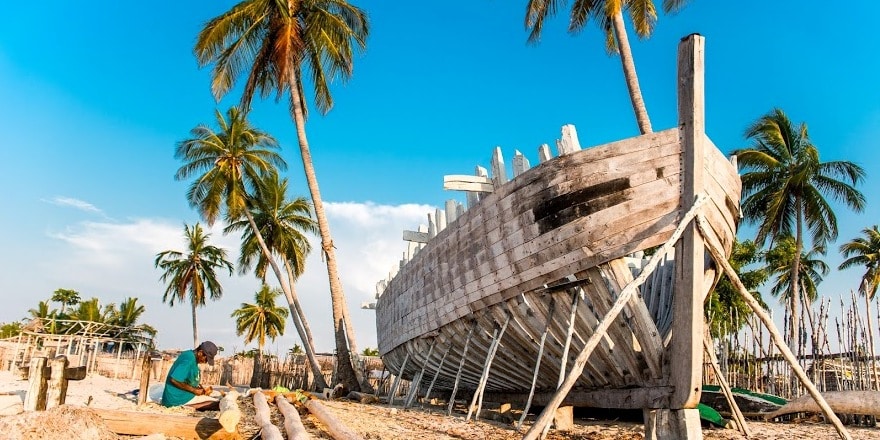On the west coast of Madagascar, the naval tradition is very important, due to the origin of the population but especially due to history. Among these stories, that of the Joachim family would be the most interesting of them.
For those who have the eye, the boats on the West Coast are not all of Indian or Arab type, there are those that stand out.
Apart from Indonesian-type canoes, Indian-type cargo dhows and long African canoes, there are those with two masts and a draft favoring freight transport, Breton schooners.
This is because they were directly linked to a French family that came to Madagascar over 150 years ago thanks to King Radama II.
The call of a king
At the time, Arab and European merchant ships dominated the seas of Madagascar. King Radama II, the Malagasy king at the time, appealed to the French government to help him regain this domination. In response to this request, the French sent the Joachim family from La Réunion.
Unfortunately, King Radama II was assassinated before the arrival of the Joachims. Likewise, unfortunately for the Joachims, they were forced to flee soon after their arrival. It took them several decades to return to the west coast of Madagascar.
It was then, in the villages of Morondava and Belo-sur-Mer, that the Joachims were finally able to begin what they were originally called upon to do: build schooners for Madagascar.
The legacy
Shortly after, the Joachim family created their own shipbuilding schools to enable them to teach their trade to the Malagasy.
Today, the schooners built in Morondava and Belo-sur-Mer are made using the original techniques of the Joachim family. About 12 schooners per year are built and launched. The biggest difference compared to the methods of the Joachim family is that the locals have introduced a style of construction called " Fomba ": when the local mpanandro (sort of astrologer) are brought in to monitor and supervise the construction. It is then these mpanandros who decide on the date of the launch of a schooner.
Many Malagasy people on the west coast are poor and electricity is not available in some of these small fishing towns. Therefore, builders still make these Malagasy ships by hand.
On the day of the launch of a new schooner, the whole village comes together to celebrate.
locals are required to monitor and supervise the construction
Fabulous destiny of the Joachims in Madagascar
07/19/2020
0 comment






Comment (0)